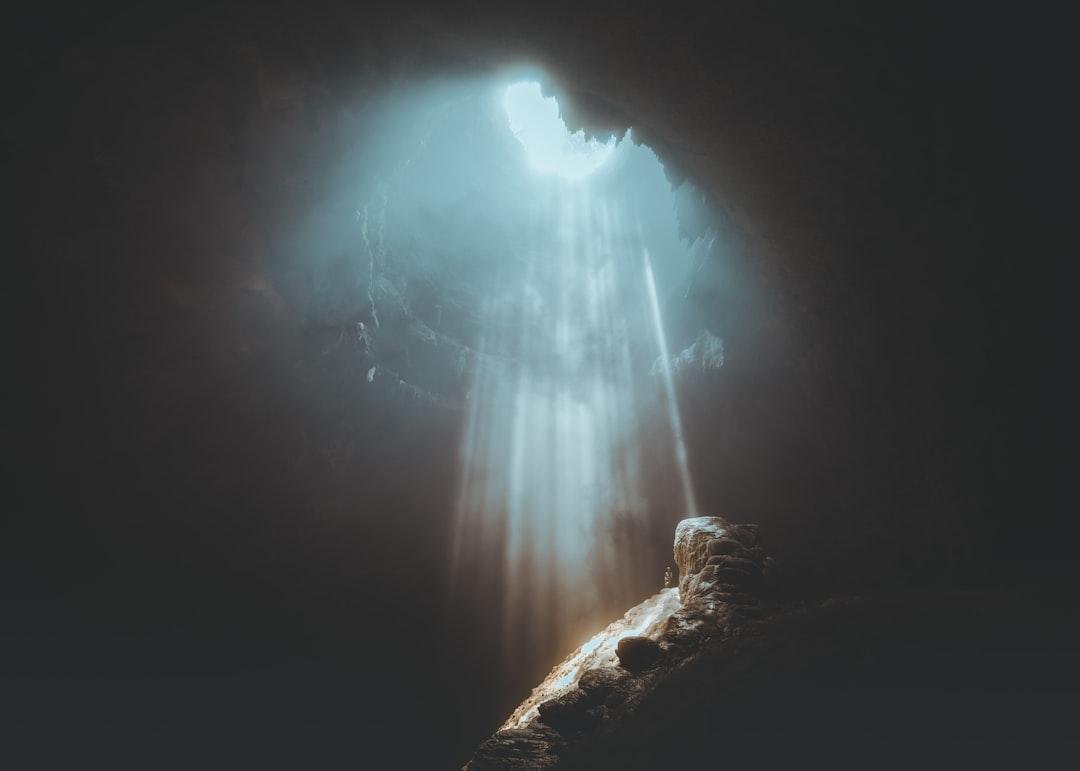What is it about?
In a previous study, we observed no spatial genetic structure in Mexican populations of the parasitoids Chelonus insularis Cresson (Hymenoptera: Braconidae) and Campoletis sonorensis Cameron (Hymenoptera: Ichneumomdae) by using microsatellite markers. In the current study, we investigated whether for these important parasitoids of the fall armyworm (Lepidoptera: Noctuidae) there is any genetic structure at a larger scale. Insects of both species were collected across the American continent and their phylogeography was investigated using both nuclear and mitochondrial markers. Our results suggest an ancient north-south migration of C. insularis, whereas no clear pattern could be determined for C. sonorensis. Nonetheless, the resulting topology indicated the existence of a cryptic taxon within this later species: a few Canadian specimens determined as C. sonorensis branch outside a clade composed of the Argentinean Chelonus grioti Blanchard, the Brazilian Chehnus flavicincta Ashmead, and the rest of the C. sonorensis individuals. The individuals revealing the cryptic taxon were collected from Trichoplusia ni (Hübner) (Lepidoptera: Noctuidae) on tomato (Lycopersicon spp.) and may represent a biotype that has adapted to the early season phenology of its host. Overall, the loosely defined spatial genetic structure previously shown at a local fine scale also was found at the larger scale, for both species. Dispersal of these insects may be partly driven by wind as suggested by genetic similarities between individuals coming from very distant locations.
Featured Image
Read the Original
This page is a summary of: Phylogeography of Chelonus insularis (Hymenoptera: Braconidae) and Campoletis sonorensis (Hymenoptera: Ichneumonidae), Two Primary Neotropical Parasitoids of the Fall Armyworm (Lepidoptera: Noctuidae), Annals of the Entomological Society of America, September 2010, Oxford University Press (OUP),
DOI: 10.1603/an09156.
You can read the full text:
Contributors
The following have contributed to this page










